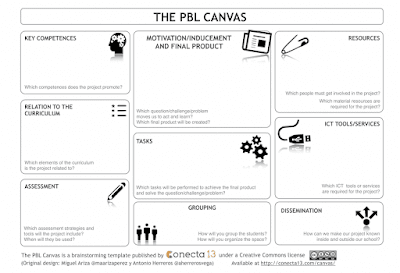Bye Bye, just for now

Projects, ideas, songs, theory, practices, cards, drawings, exhibitions... are many of the things we have done. Laughter, funny moments, more emotional days, birthdays, farewells... are many of the feelings we have experienced. Enthusiasm, joy, haste, emotion, comfort, confidence... are some adjectives that would describe what we experienced in class. All this has happened in a four-month period, in a special subject, in your subject, Maria Jesus! It has been a short but intense period, our first year at the university and you have set a very high standard for the next professors. You have not only taught us basic and necessary concepts, you have taught us something that is not easy to achieve, you have taught us to understand what you explain, to solve doubts, to express our creativity and to be ourselves with you. Thank you very much for these months! We are left with experiences to remember and many techniques to teach the little ones.



